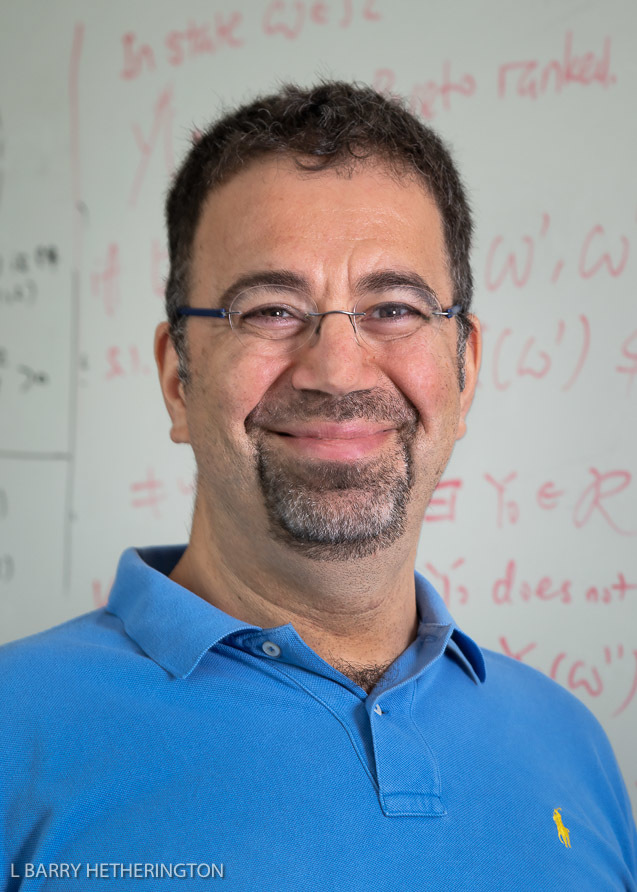The NY Times has the story on the recent FDA policy:
Biden Administration Plans to Propose Banning Menthol Cigarettes. The move has been long sought by public health and civil rights groups, after decades of marketing aimed at Black smokers. By Sheila Kaplan
"The Biden administration is planning to propose a ban on menthol cigarettes, a long-sought public health goal of civil rights and anti-tobacco groups that has been beaten back by the tobacco industry for years, according to a federal health official.
"For decades, menthol cigarettes have been marketed aggressively to Black people in the United States. About 85 percent of Black smokers use menthol brands, including Newport and Kool, according to the Food and Drug Administration. Research shows menthol cigarettes are easier to become addicted to and harder to quit than plain tobacco products.
"The F.D.A. is being forced to act by a court deadline — a federal district judge in Northern California had ordered the agency to respond by April 29 to a citizens’ petition to ban menthol. But the odds are unlikely that a ban would take effect anytime soon, because any proposal is likely to wind up in a protracted court battle. The proposal would also include a ban on all mass-produced flavored cigars, including cigarillos, which have become popular with teenagers.
...
"Delmonte Jefferson, executive director of the Center for Black Health and Equity, one of the organizations behind the petition, called the decision a victory for African Americans and all people of color.
“This has been a long time coming,” said Mr. Jefferson. “We’ve been fighting this fight, since back in the 1980s. We told the industry then, we didn’t want those cigarettes in our communities.”
...
"Menthol is a substance found in mint plants, and it can also be synthesized in a lab. It creates a cooling sensation in tobacco products and masks the harshness of the smoke, making it more tolerable."
***********
Here's the announcement from the Food and Drug Administration:
FDA Commits to Evidence-Based Actions Aimed at Saving Lives and Preventing Future Generations of Smokers Efforts to ban menthol cigarettes, ban flavored cigars build on previous flavor ban and mark significant steps to reduce addiction and youth experimentation, improve quitting, and address health disparities
"April 29, 2021: Today, the U.S. Food and Drug Administration announced it is committing to advancing two tobacco product standards to significantly reduce disease and death from using combusted tobacco products, the leading cause of preventable death in the U.S. The FDA is working toward issuing proposed product standards within the next year to ban menthol as a characterizing flavor in cigarettes and ban all characterizing flavors (including menthol) in cigars; the authority to adopt product standards is one of the most powerful tobacco regulatory tools Congress gave the agency. This decision is based on clear science and evidence establishing the addictiveness and harm of these products and builds on important, previous actions that banned other flavored cigarettes in 2009.
“Banning menthol—the last allowable flavor—in cigarettes and banning all flavors in cigars will help save lives, particularly among those disproportionately affected by these deadly products. With these actions, the FDA will help significantly reduce youth initiation, increase the chances of smoking cessation among current smokers, and address health disparities experienced by communities of color, low-income populations, and LGBTQ+ individuals, all of whom are far more likely to use these tobacco products,” said Acting FDA Commissioner Janet Woodcock, M.D. “Together, these actions represent powerful, science-based approaches that will have an extraordinary public health impact. Armed with strong scientific evidence, and with full support from the Administration, we believe these actions will launch us on a trajectory toward ending tobacco-related disease and death in the U.S.
...
"If implemented, the FDA’s enforcement of any ban on menthol cigarettes and all flavored cigars will only address manufacturers, distributors, wholesalers, importers and retailers. The FDA cannot and will not enforce against individual consumer possession or use of menthol cigarettes or any tobacco product. The FDA will work to make sure that any unlawful tobacco products do not make their way onto the market.
"These actions are an important opportunity to achieve significant, meaningful public health gains and advance health equity. The FDA is working expeditiously on the two issues, and the next step will be for the agency to publish proposed rules in the Federal Register allowing an opportunity for public comment. "













